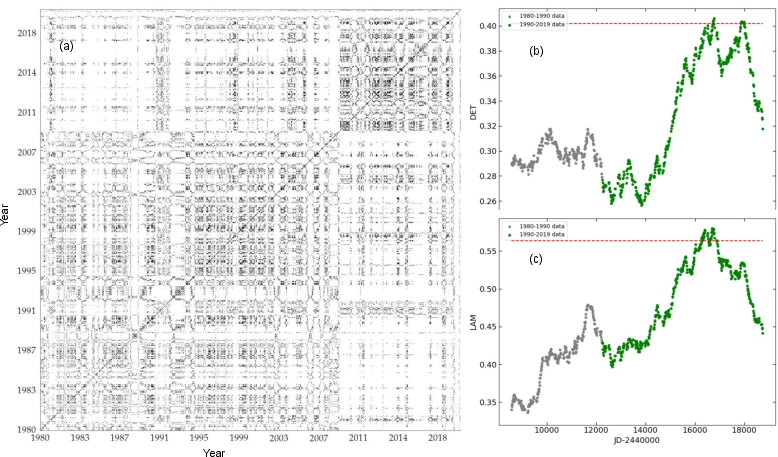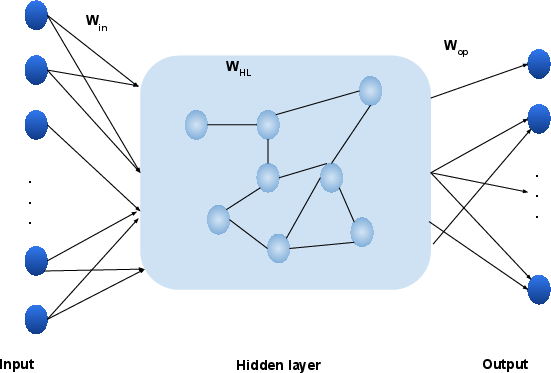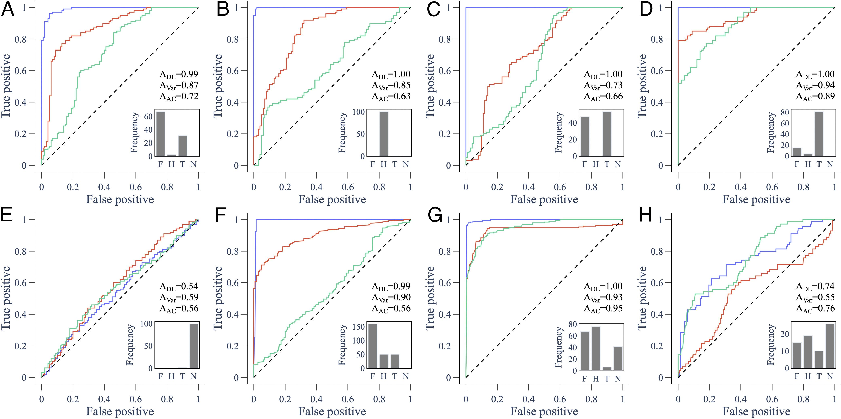- The paper shows that early warning signals based on critical slowing down, spatial patterns, and recurrence plots can effectively anticipate critical transitions.
- It employs robust methodologies such as autocorrelation, spatial variance analysis, and covariance eigenvalue computations to quantify dynamic changes in complex systems.
- The study highlights the potential of machine learning techniques, including reservoir computing and recurrent neural networks, to enhance prediction accuracy.
Early Warning Signals for Critical Transitions in Complex Systems
The paper "Early Warning Signals for Critical Transitions in Complex Systems" provides a detailed examination of early warning signals (EWS) that can predict critical transitions, which are sudden shifts in the behavior of complex systems. It emphasizes the importance of detecting these signals to mitigate potential negative impacts.
Introduction to Critical Transitions
Complex systems often exhibit multi-stability and nonlinear dynamics, which can lead to critical transitions. These transitions might be triggered by small changes in system parameters or external conditions, resulting in significant shifts to different states. Recognizing EWS in complex systems, such as ecosystems, climate systems, and financial markets, is crucial for risk management and disaster mitigation.
Conventional Early Warning Signals
Conventional EWS are often based on the concept of "critical slowing down" (CSD), which occurs near bifurcation points where the system's recovery rate from perturbations slows. This manifests as increased autocorrelation and variance in system outputs. These indicators have been applied across various domains, including psychology, climate science, and ecology.

Figure 1: EWS of a critical transition towards depression, in the weeks leading up to the episode, highlighting the importance of ACF(1) and variance as EWS.
Spatial and Multivariate Early Warning Signals
Spatial early warning signals (SEWS) have been developed to address the limitations of temporal data, especially in ecology. These include measures such as spatial variance and spatial skewness. For multivariate systems, indicators based on covariance matrix eigenvalues and complex network measures provide more robust predictions by considering multiple interacting variables.

Figure 2: Illustration of SEWS for a spatially extended tumor model, showing critical indicators like spatial variance and correlation.
Recurrence-Based Measures
Recurrence plots (RP) and recurrence networks (RN) are used to visualize and quantify the recurrence of states in a system's phase space. This approach captures nonlinear patterns and changes in the system's dynamics without assuming linearity, providing a powerful method for detecting critical transitions.

Figure 3: Recurrence plot for Betelgeuse showing DET and LAM trends that serve as EWS.
Machine Learning Approaches
The application of ML to predict critical transitions leverages large datasets and complex models. Techniques such as reservoir computing, recurrent neural networks (RNN), and other data-driven models have enhanced EWS prediction without relying on specific system models.

Figure 4: Schematic of a reservoir computer, a class of RNN used for predicting dynamical system transitions.

Figure 5: Comparison of prediction accuracy using ROC curve for different EWS and a deep learning model across various bifurcation types.
Reliability and Challenges
The reliability of EWS is challenged by issues like false positives/negatives and data quality. Surrogate data testing and bootstrapping offer solutions to these challenges, while methods to test data trends can minimize errors.
Conclusion
EWS are vital for predicting critical transitions in complex systems, empowering preventative strategies. Advances in data analysis, modeling techniques, and computational power have expanded the scope of reliable EWS, including spatial, multivariate, and machine learning approaches. Future research will likely focus on hybrid models that integrate traditional EWS with modern ML techniques to improve accuracy and applicability across diverse real-world scenarios.






